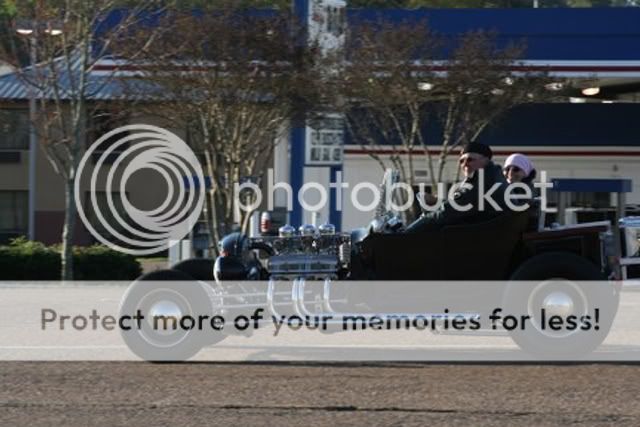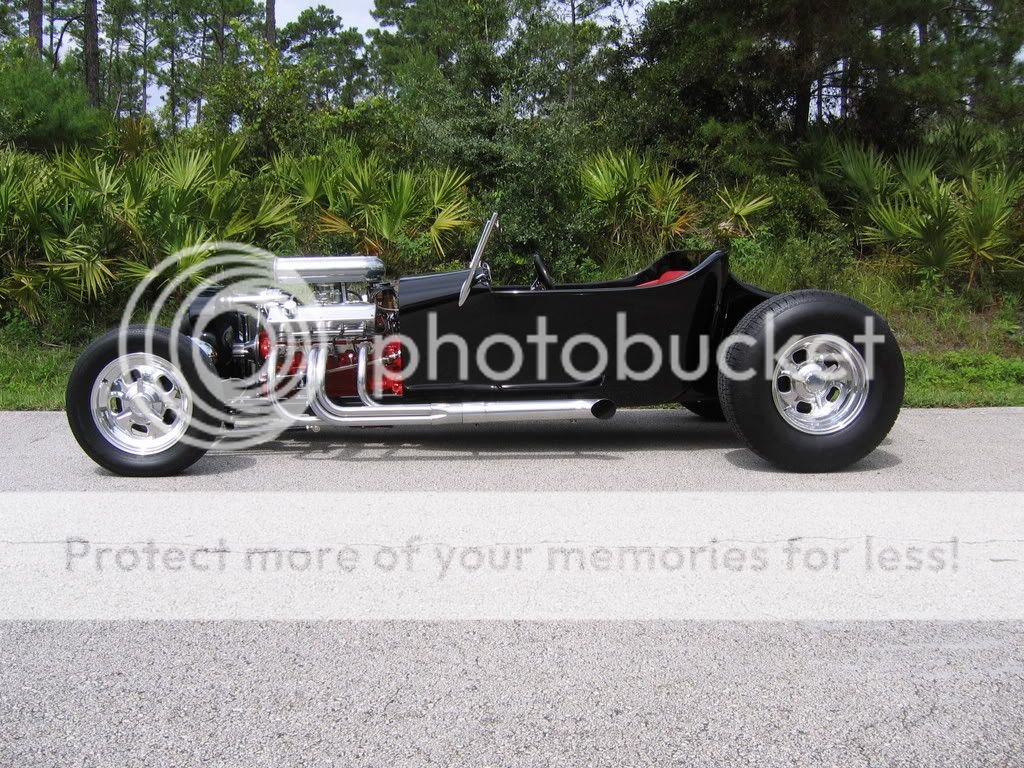Corley
New Member
Hi all,
Probably this has been hashed out before, but I don't see it in my review of the forums, so I'll ask again, and if someone can either answer or point me to the answer I'll be grateful. I wonderred if any of you have done some actual weights, front and rear individually by themselves, to determine weights and distribution. I'd be very interested in those numbers and what the bucket is like that they go with. I'm considerring some torsion bar suspension, and would like to know if it will handle the weights. It's a little funky, so I won't describe it yet, but suffice to say it's different than any you have seen to date, and using parts you'd never expect to find on a 'T' bucket. Typical weights for front and rear would help a lot... Mostly interested in a fairly light bucket, but I can factor big engines, super heavy frames, air conditioning (that's for Ted since I assume he has it for that Bakersfield heat), and stuff like that into it (or out of it.) Speculation is fine, but it's really actual measured weights that I'm after...
Thanks a bunch in advance for any consideration/information that you can give,
Corley
Probably this has been hashed out before, but I don't see it in my review of the forums, so I'll ask again, and if someone can either answer or point me to the answer I'll be grateful. I wonderred if any of you have done some actual weights, front and rear individually by themselves, to determine weights and distribution. I'd be very interested in those numbers and what the bucket is like that they go with. I'm considerring some torsion bar suspension, and would like to know if it will handle the weights. It's a little funky, so I won't describe it yet, but suffice to say it's different than any you have seen to date, and using parts you'd never expect to find on a 'T' bucket. Typical weights for front and rear would help a lot... Mostly interested in a fairly light bucket, but I can factor big engines, super heavy frames, air conditioning (that's for Ted since I assume he has it for that Bakersfield heat), and stuff like that into it (or out of it.) Speculation is fine, but it's really actual measured weights that I'm after...
Thanks a bunch in advance for any consideration/information that you can give,
Corley






